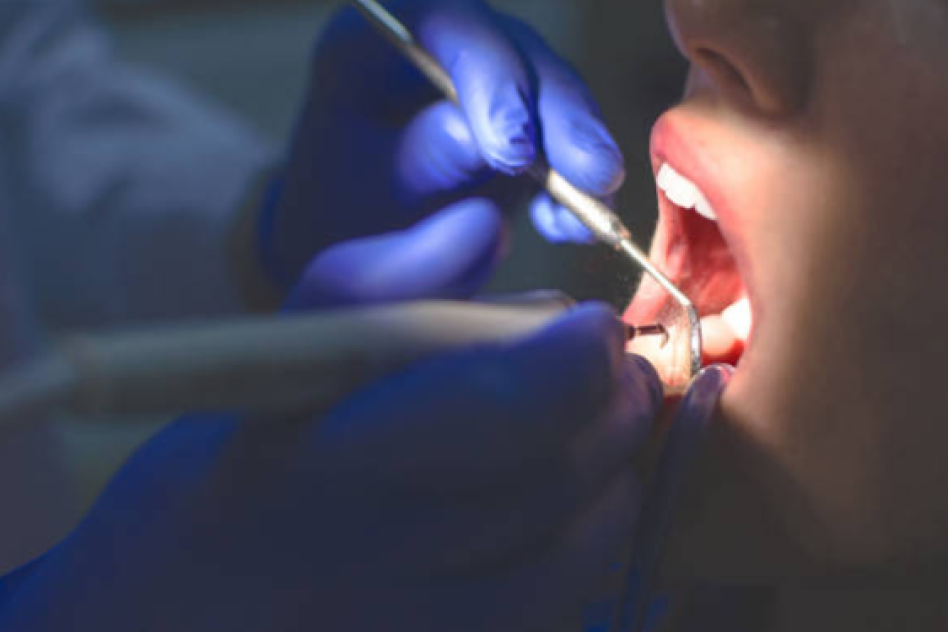Deep cleaning, also known as scaling and root planing, is a dental procedure used to treat gum disease (periodontitis).
Unlike a regular teeth cleaning that focuses on the surface of the teeth, deep cleaning goes below the gum line to remove bacteria, plaque, and tartar buildup from the roots of the teeth.
This treatment helps prevent the progression of gum disease, reduces gum inflammation, and promotes the healing of gum tissue.
Deep cleaning is essential for patients who have early to moderate stages of periodontitis, where the gums have started to pull away from the teeth and create pockets that harbor bacteria.

Process:
- Initial Examination: The dentist or dental hygienist will first examine your mouth to assess the severity of the gum disease. They may use a periodontal probe to measure the depth of the pockets between your teeth and gums. X-rays may also be taken to check for bone loss or other signs of advanced gum disease.
- Local Anesthesia: To ensure comfort during the procedure, the dentist may apply a local anesthetic to numb the gums and surrounding areas. This helps to minimize any discomfort or sensitivity during the cleaning process.
- Scaling: The deep cleaning process begins with scaling, which involves the removal of plaque and tartar from both above and below the gum line. The dentist or hygienist uses specialized tools, such as ultrasonic scalers and hand instruments, to clean the tooth surfaces and the root surfaces. Scaling is performed meticulously to remove all bacterial buildup and prevent further infection.
- Root Planing: After scaling, the dentist or hygienist performs root planing, a procedure that smooths the root surfaces of the teeth. This step helps remove any remaining bacteria and toxins and makes it more difficult for plaque and tartar to adhere in the future. Smoother root surfaces also allow the gums to reattach to the teeth more easily, promoting healing and reducing pocket depth.
- Antibacterial Rinse or Medication: In some cases, the dentist may use an antibacterial rinse or apply a localized antibiotic treatment directly to the gum pockets to help kill any remaining bacteria and reduce the risk of infection.
- Post-Procedure Care: After deep cleaning, the dentist or hygienist will provide you with specific post-procedure instructions. This may include avoiding certain foods, using a medicated mouthwash, and practicing good oral hygiene techniques. You may experience some mild discomfort or sensitivity in the treated areas, which can be managed with over-the-counter pain relievers or desensitizing toothpaste.
- Follow-Up Appointments: Depending on the severity of your gum disease, the dentist may recommend follow-up visits to monitor the healing process and ensure the gums are reattaching properly to the teeth. Additional deep cleanings or other periodontal treatments may be needed for optimal results.

